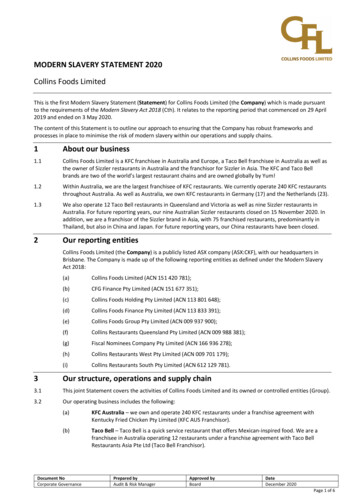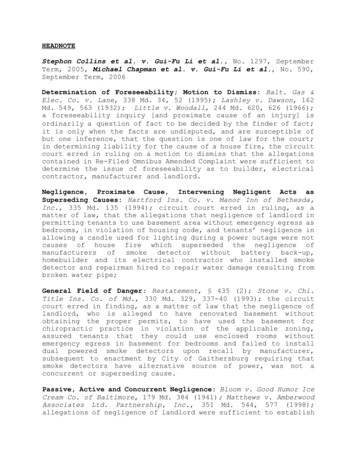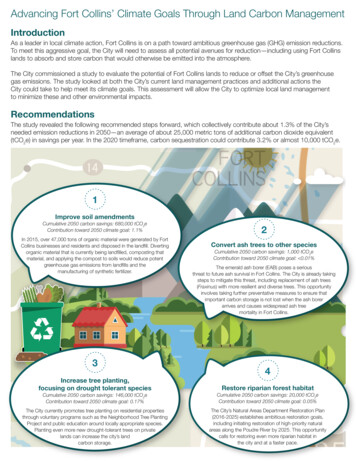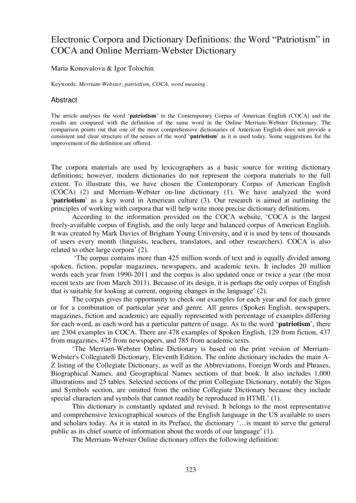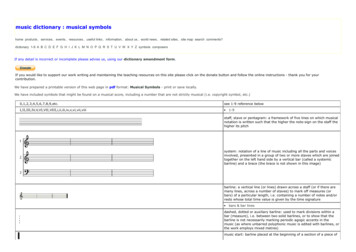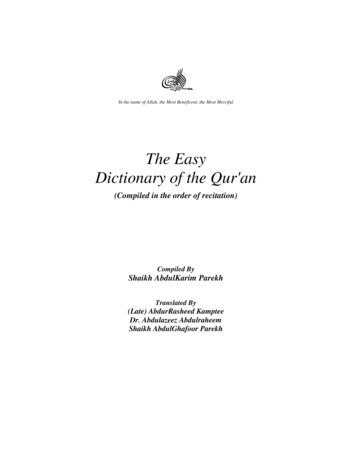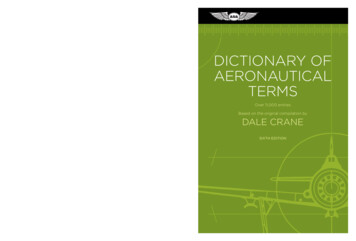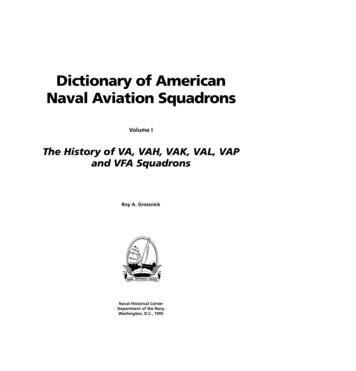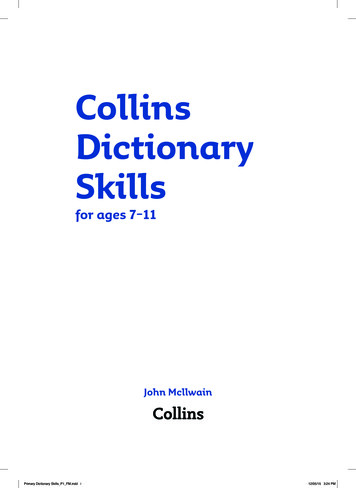
Transcription
CollinsDictionarySkillsfor ages 7–11John McllwainPrimary Dictionary Skills P1 FM.indd i12/05/15 3:24 PM
Collins Dictionary Skills for Ages 7–11Revised 2015First Published 2011 as Collins Concise Dictionary Skills HarperCollinsPublishers Ltd 2001, 2015Published by:HarperCollinsPublishers Ltd1 London Bridge StreetLondon SE1 9GFBrowse the complete Collins catalogue at: www.collins.co.ukBarry and Anita Scholes assert the moral right to be identified asthe authors of this work.All rights reserved.Author: John McIlwainEditor: Gaynor Spry, Elspeth SummersDesign: Grasshopper Design CompanyIllustrations: Tim ArchboldPrimary Dictionary Skills P1 FM.indd ii12/05/15 3:24 PM
ContentsIntroduction4Activity sheets overview6Teacher’s notesUsing a dictionary7Alphabetical order9Dictionary organization11Definitions13Spelling20Dictionary games and quizzes26Moving on32Activity sheetsPrimary Dictionary Skills P1 FM.indd iii3412/05/15 3:24 PM
IntroductionCollins Dictionary SkillsCollins Dictionary Skills provide all-in-one support for developing dictionaryskills. Each Skills book provides: photocopiable activity sheets, differentiated for a wide range of abilities clear teaching notes and answersCollins Dictionaries – for children aged 3 to 11 Developed in consultation with teachers, children’s lexicographers, educationaladvisors and literacy, numeracy and science specialists, these clear, colourfuldictionaries have been written and designed to support today’s Primaryclassroom requirements.Collins Children’s Dictionaries are carefully streamlined to provide a dictionary for each keylevel of literacy development. Because Collins’ range of dictionaries progressively buildsskills, children will be able to move confidently between levels and become independentdictionary users.Children need to acquire the ability to use a dictionary successfully and independently.Collins Children’s Dictionaries have been designed to provide all the support that childrenneed, by means of: clear, easy-to-use design child-oriented definitions and examples progressive building of key skills as children move from level to level.The Collins Children’s Dictionary range: builds essential dictionary skills progressively, step by step, from beginner to advanced supports today’s curriculum needs from Early Years upwards incorporates special features to encourage independent learning, such as annotatedintroductions, theme pages, grammar help, word banks and word histories has been rigorously researched and trialled with teachers and pupils has been compiled by a team of experts.4Primary Dictionary Skills P1 FM.indd 412/05/15 3:24 PM
IntroductionAbout Collins Dictionary Skills for ages 7–11Activity sheetsThese activity sheets are designed to be used as active literary resources. They provide awide range of activities to help Y5 and Y6 (P6/7) children reinforce basic dictionary skillsand to learn how the dictionary is used as a language tool in a variety of ways. Children arealso introduced to the use of more advanced and subject-specific dictionaries.The activity sheets are also suitable as a focus for class teaching, for use with a smallgroup, or for individual work in class or at home. The range of activities enables you toselect appropriate activity sheets to meet the needs of individual children.The activity sheets are grouped in seven sections:Using a dictionaryActivity sheet 1 introduces children to the contents of the dictionary, including theinformation at the beginning and the topic pages, while activity sheets 2 and 3 encouragefacility in looking words up efficiently.Alphabetical orderActivity sheets 4, 5 and 6, in addition to reinforcing basics, introduce the more advancedalphabet skills necessary in using adult reference books.Dictionary organizationActivity sheets 7 to 14 ensure that children become familiar with the various types ofinformation provided in the dictionary, at all times practising location of words quicklyand efficiently.DefinitionsActivity sheets 15 to 22 encourage children to use the dictionary to find and checkdefinitions, including multiple definitions. They also encourage children to write theirown definitions and to check them with those in the dictionary.SpellingActivity sheets 23 to 30 show how a dictionary can be used to help with spelling. The principalspelling rules are revised in conjunction with the dictionary. Children are required to find thespellings of plurals and verb tenses, to use prefixes and suffixes and to investigate homonyms.At all times children will need to use the dictionary to check their spelling. Special help isprovided for finding words which do not begin with a letter a child might expect.Dictionary games and quizzesActivity sheets 31 to 40 offer a variety of dictionary games and puzzles to consolidatethe children’s understanding of the various functions of a dictionary. The concept of thecrossword is introduced and developed, from anagram crosswords through to simple crypticcrosswords based on words in the dictionary. At all times an appropriate level of support isprovided.Moving onActivity sheets 40 and 42 introduce children to more advanced conventional dictionariesand to important subject-specific dictionaries.Word bank templateActivity sheet 43 provides a template for the children to make their own word collectionsand may be used whenever word banks are explored.Teacher’s notesThe teacher’s notes provide, for each activity sheet, details of the learning objectives, adviceon preparation and answers to the questions. Where appropriate, suggestions are given forfollow-up work.5Primary Dictionary Skills P1 FM.indd 512/05/15 3:24 PM
Activity Sheets OverviewUsing a dictionary1 Get to know your dictionaryunderstanding the functions of a dictionary2 Hunt the headwordunderstanding the functions of a dictionary3 Related wordsunderstanding the functions of a dictionaryAlphabetical order4 Alphabetical orderputting words into alphabetical order5 Hit the spot!how to open a dictionary near to a word6 Where do they go?putting words into alphabetical orderDictionary organization7 Guide wordsfinding guide words8 Abbreviationsfinding abbreviations9 Parts of speech (1)nouns, verbs, adjectives and adverbs10 Parts of speech (2)pronouns, conjunctions, prepositions andinterjections11 Parts of speech (3) phrases12 Synonyms and antonymssynonyms and antonyms13 Word historiesetymologies14 Pronunciations and word styles pronunciationand word styles: formal,informal and literaryDefinitions15 Definitions: True or falsefinding and checking definitions16 Words with several meaningsheadwords with multiple meanings17 Definitions: Sort them out!choosing the correct definition, homophones18 Prefixes (1)common prefixes19 Prefixes (2)prefixes sub-, auto-, bi-, trans- and circum20 Suffixes (1)common suffixes21 Suffixes (2)common suffixes22 Shades of meaningvocabulary developmentSpelling23 Singular and pluralusing a dictionary to find singulars and plurals24 Verbs and their formsusing a dictionary to check verb forms25 Verbs and their tensespresent, past, future, continuous present, pastimperfect and perfect tenses and auxiliary verbs26 Root wordsidentifying roots27 Comparatives and superlativescomparatives and superlatives28 Spellchecker: Spelling rules (1)two spelling rules29 Spellchecker: Spelling rules (2)two more spelling rules30 Spellchecker (3)spelling patternsDictionary games and quizzes31 Dictionary gamesword chains, words containing lettersin alphabetical order32 Simple crossword crossword33 Reverse crosswordcrossword34 Definitions crosswordcrossword35 Anagram crosswordanagram crossword36 Hidden words crosswordcryptic crossword37 Cryptic crossword (1)cryptic crossword38 Cryptic crossword (2)cryptic crossword39 Word Search word search40 Homophone crosswordcrosswordMoving on41 Which book?looking at reference books42 Quiz time!reference book quiz43 My word bankword bank template6Primary Dictionary Skills P1 FM.indd 612/05/15 3:24 PM
Using a dictionaryActivity1Get to know your dictionaryLearning objective: to use the dictionary more efficiently by being familiar with the construction of headword entries,the information within the dictionary and the location of this informationBBeforeyyou startAnswersMore to doMActivity2 Remind the children that any dictionary is not just a list of headwords and definitions, butthat it also has valuable information at the beginning and in the topic pages at the end.Look together briefly at the introductory rt of speechb)e)h)k)related wordpluralstyle labeletymologyc) comparativef ) definitioni) example of use Discuss the information given at the beginning and end of other reference books in theclassroom or school library.Hunt the headwordLearning objective: to use the dictionary more efficiently by understanding the term and concept of headword andthrough intensive practice in looking words upBBeforeyyou start Explain the term headword. If appropriate, talk about how to find a headword (looking at thefirst and second letters and so on). The children must use a dictionary to answer the questions.Answers1. a)d)g)j)amicablesardinenocturnalgory2. a) racketb)e)h)k)hostiletautrevoltingscornfulb) pitchc)f)i)l)meagre/measlywhippetswivelfaultyc) dictate3. any appropriate definition for corkscrew, Plasticine, gabble, bicycle, and jealous.More to doM Ask children to read out their definitions from question 3. Ask: Was it harder than you expected?Which was the most difficult word to define? Why? Did you leave important details out? Discuss useful defining words such as substance, device and vehicle. Ask children to write definitions of words at an appropriate level, which include the part ofspeech and the inflections (that is, the related plurals or other parts of speech which followthe headword). They should compare their definitions with those in a dictionary.7Primary Dictionary Skills P1.indd 712/05/15 3:23 PM
Using a dictionaryActivity3Related wordsLearning objective: to use the dictionary more efficiently by understanding the term and concept of related words(additional words directly related to the headword, placed below the definition) and through intensive practice in lookingsuch words upBeforeyou start Introduce the term related word and examine sample entries in the dictionary. Emphasize that care needs to be taken in question 2 not to write the headword, and inquestion 3 to select the correct part of speech carefully.Answers1. a) candourd) intermittentlyg) solob) dentistrye) minutelyh) widowedc) fossilizef ) problematic2. a) prosperityd) prematurelyb) fretfullye) biographicalc) yachting3. a) adverbd) adjectiveb) noune) adverbc) adjectiveMore to doM Write or discuss the related words you might expect to find for the following words: apologize,calculator, careless, demolish, disappoint. Discuss why related words exist at all in dictionaries (primarily to save space) and why many entriesdo not have related words (either because the potential related word is covered as a headword orbecause it is not important enough).8Primary Dictionary Skills P1.indd 812/05/15 3:23 PM
Alphabetical orderActivity4Alphabetical orderLearning objective: to use the dictionary and other alphabetically-based material more efficiently by using basic andhigher order alphabet skills (sorting up to fourth letter place)Beforeyou start Remind the children that people in alphabetical lists are almost always listed by surname.Answers1. check B, F, N, S, V and Y are ringed Discuss how to sort alphabetically if the initial, second and third letters are the same.2. the names correctly numbered are: C. Voyage 12, D. Lighted 7, X. Ersize 5, B. Hive 6, M.Bankment 1, I. Patch 10, L. Ectric 4, N. Chanted 3, P. Soup 11, Y. Nott 9, B. Low 8, M. Barrass 23. a)b)c)d)e)f)More to doMcursor 3, keyboard 5, monitor 6, chip 1, disk 4, computer 2school 3, head 1, test 6, science 4, teacher 5, playground 2sandwich 4, salmon 2, salad 1, samosa 3, sausage 6, sardine 5medicine 3, measles 2, method 6, me 1, melancholy 5, meek 4torpedo 4, tornado 3, torch 1, tortoise 5, torture 6, torn 2hyphen 3, hypermarket 2, hyperactive 1, hypotenuse 5, hypocrite 4 Prompt the children to write out, in random order, the headwords in any given column of thedictionary, and to ask a partner to number themActivity5Hit the spot!Learning objective: to use the dictionary more quickly and efficiently through intensive practice of the skills required tolocate information listed alphabeticallyBeforeyou startAnswers You may wish to try the games yourself and set the children target scores to beat. Explain tothe children that they are going to play two games in which they must hit either a target letteror a target word when opening their dictionaries. Explain the scoring as follows: Game 1:a bull’s eye scores ten points, and each letter away from the target costs them a point. Game 2:a bull’s eye scores ten points, and each page away from the target costs them a point.Example: open the dictionary at words beginning with J.Scoring – for a direct hit score 10, so J 10; for one letter away score 9, so IK 9; for two lettersaway score 8, so HL 8 . . . and so on.More to doM Give the children further sets of words to try. Prompt them to play the same game with otheralphabetical reference books such as phone directories.Activity6Where do they go?Learning objective: to use the dictionary more efficiently, using higher order alphabet skills (sorting up to seventhletter place)Beforeyou start Each exercise is fairly straightforward but you may wish to go through the instructions,particularly question 2, reminding children that in the telephone book names are enteredin alphabetical order by surname, plus initials. Only when the surnames are the same doesthe forename have any influence.9Primary Dictionary Skills P1.indd 912/05/15 3:23 PM
Alphabetical orderAnswers1. a)b)c)d)e)f)g)h)i)j)guilty, gullible,
The Collins Children’s Dictionary range: builds essential dictionary skills progressively, step by step, from beginner to advanced supports today’s curriculum needs from Early Years upwards incorporates special features to encourage independent learning, such as annotated introductions, theme pages, grammar help, word banks and word histories has been rigorously researched .


